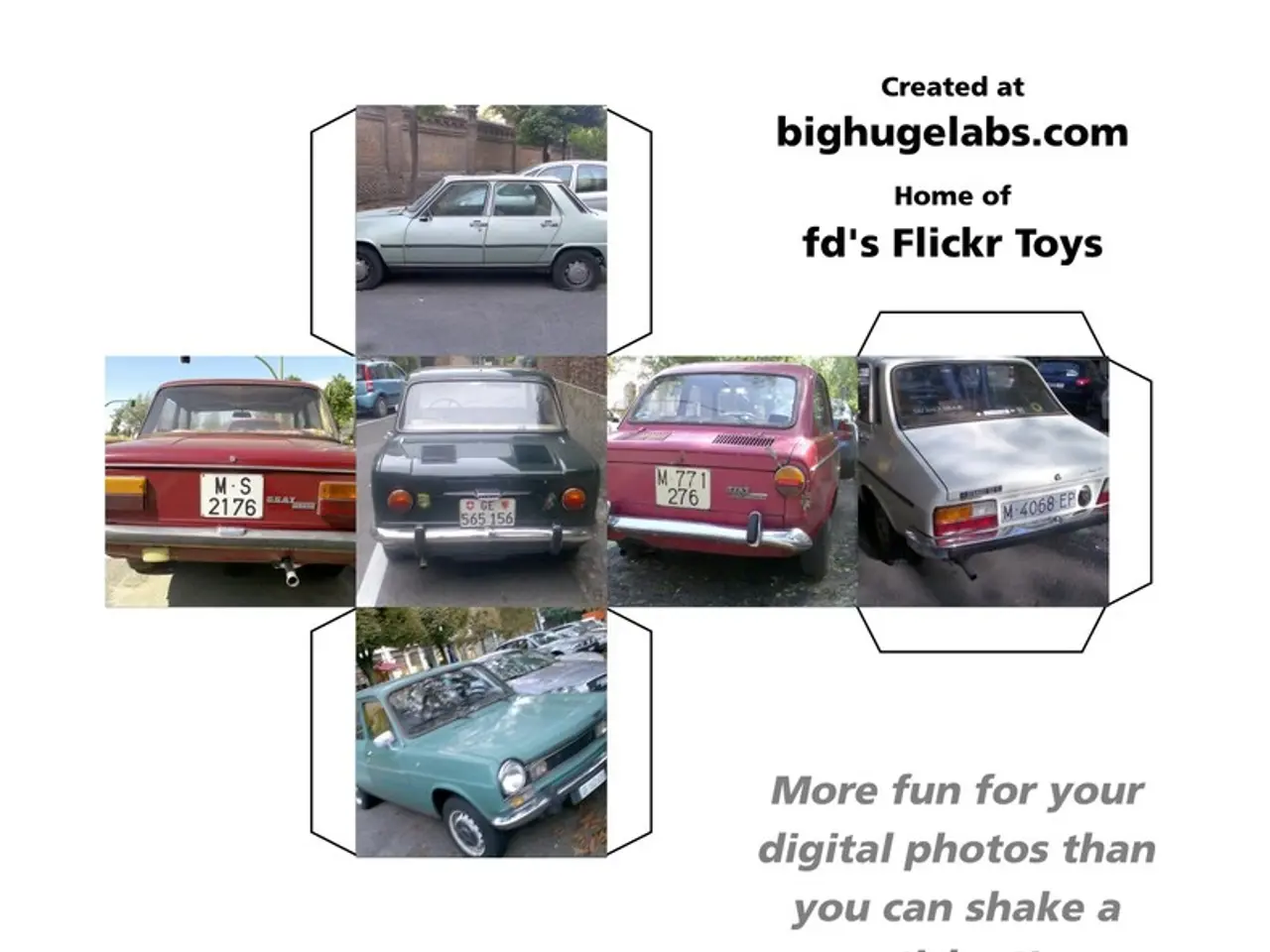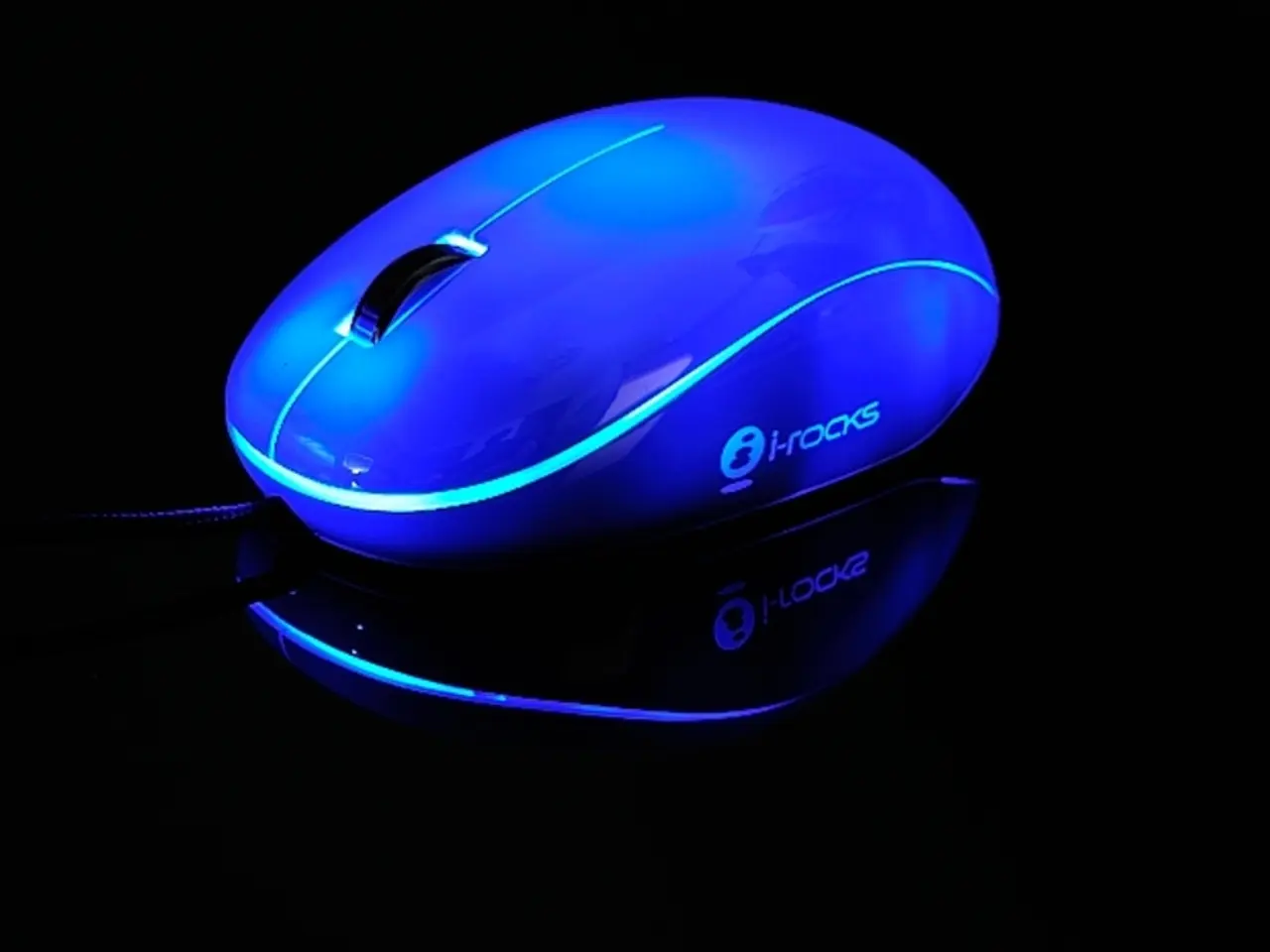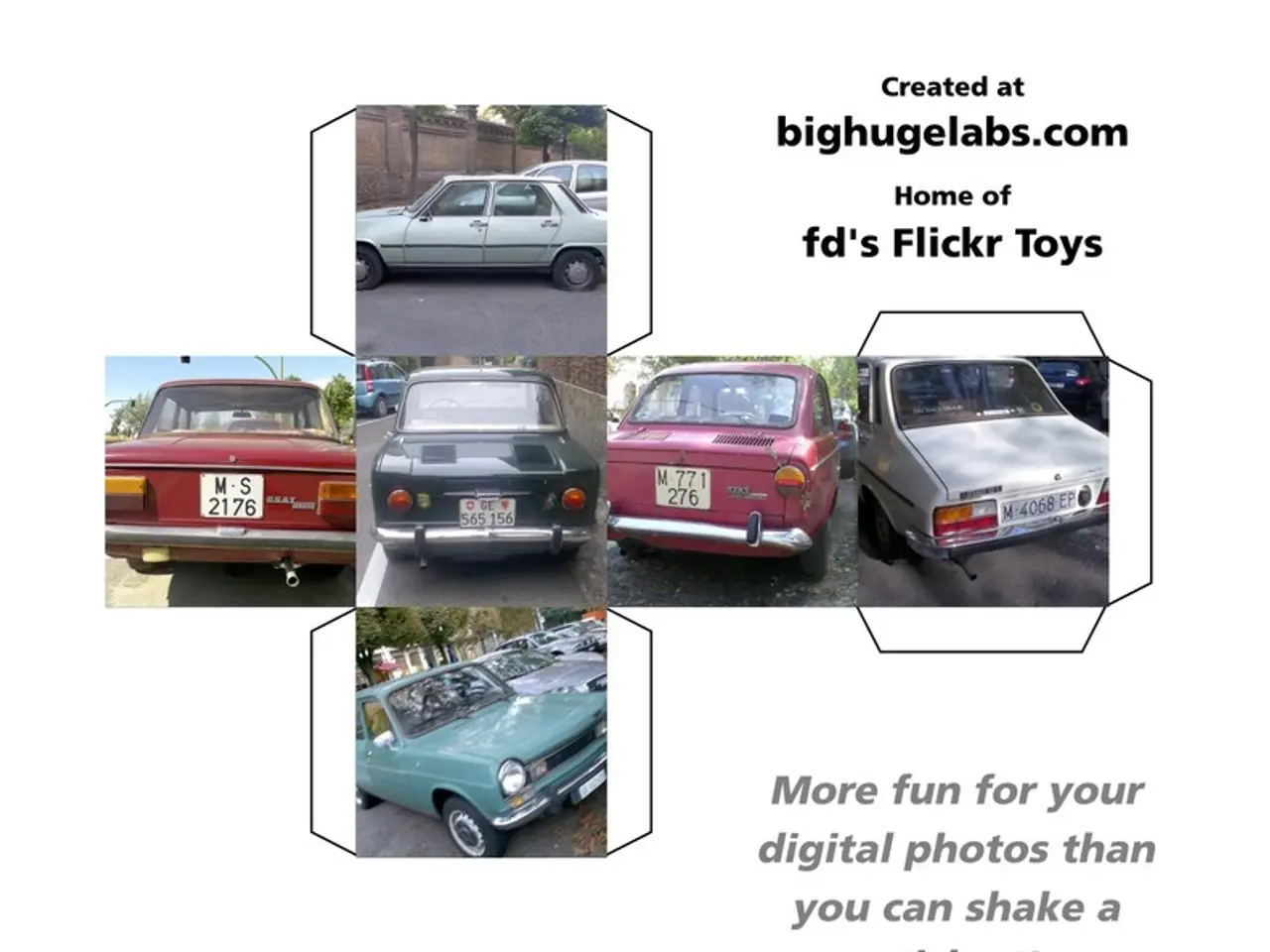Latest Updates in Autonomous and Self-Driving Technology: Innovations from IER IV, Ouster, Aeva, Tesla, Ficosa, Nvidia, and Lyft
In the ever-evolving world of technology, the automotive industry is not left behind. Recent developments in autonomous vehicles have taken a significant leap forward, with several key players making strides in this exciting field.
Tesla, the electric vehicle giant, has secured a ride-hail permit from the California Public Utilities Commission, allowing it to operate passenger services in pre-arranged Tesla vehicles. However, Tesla needs further regulatory approvals and separate clearance from the California Department of Motor Vehicles to test fully autonomous vehicles. Despite this, Tesla's CEO Elon Musk has suggested that the company will begin testing driverless operations in Texas this summer.
Meanwhile, TIER IV, a company known for its open-source autonomous driving software, has introduced a new robotaxi prototype designed to operate without a steering wheel or pedals. This prototype emphasizes key features like full automation, passenger focus, and open-source software innovation. TIER IV is sharing the design details of its autonomous driving system, including vehicle specifications and software architecture. The TIER IV robotaxi prototype will be showcased at an event in Kanagawa Prefecture, Sagamihara, and Central Japan Railway starting March 22.
Ficosa, in collaboration with Nvidia, will inspect and verify advanced automotive hardware, including high-performance cameras and radars integrated with the Nvidia DRIVE platform. Ouster, another player in the autonomous vehicle arena, has introduced 3D Zone Monitoring, a feature enabling its lidar sensors to detect objects within user-defined zones and trigger real-time alerts.
The concept of a purpose-built robotaxi optimized for urban mobility and ride-sharing is gaining traction. For instance, starting this summer, Lyft users in Atlanta can catch rides in autonomous Toyota Sienna minivans equipped with May Mobility's self-driving technology. Lyft aims to introduce self-driving Marubeni cars with Mobileye technology in Dallas next year, with more cities and thousands of vehicles to follow.
The artificial intelligence advancement is revolutionizing global transportation, with robotaxis being a major investment opportunity. Aeva, a company specializing in lidar technology, has secured a development program with a top 10 global automaker for its next-generation global vehicle platform. Aeva has also received a letter of intent from the OEM for a large-scale, multi-year production program covering multiple vehicle models.
As the race for autonomous vehicles heats up, it's clear that we are moving towards a future where traditional driving might become a thing of the past. Only Tesla, Waymo in the U.S., and Baidu Apollo in China have achieved fully autonomous driving, but the competition is far from over. With continuous innovation and advancements, the future of transportation is undoubtedly exciting.
The technology industry's advancements in autonomous vehicles have captured the interest of both established automotive players and startups. For instance, Tesla, in the automotive sector, is planning to test driverless operations in Texas this summer, while TIER IV, a technology company, launched a robotaxi prototype designed for full automation.
In the realm of finance, investment opportunities are emerging in the development of robotaxis, with companies like Aeva, specializing in lidar technology, securing deals with top global automakers for their technology integration. Similarly, the transportation sector is witnessing collaboration between companies such as Ficosa and Nvidia for the development of advanced automotive hardware.




